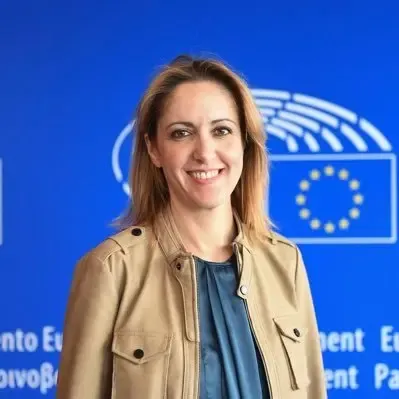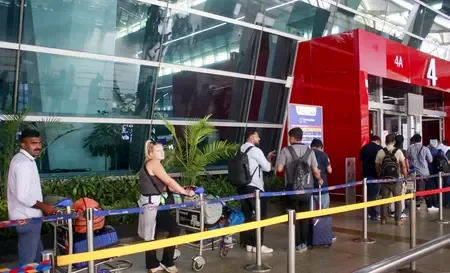Is the DoT Building a Phishing-Resilient Ecosystem to Protect the Telecom Sector?

Synopsis
Key Takeaways
- Awareness and preparedness are vital in combating cyber threats.
- Collective responsibility among stakeholders is essential.
- Governance, Risk, and Compliance (GRC) frameworks strengthen organizations.
- AI-driven cyber threats pose new challenges.
- Vigilance is key in safeguarding digital assets.
New Delhi, Oct 24 (NationPress) The Department of Telecommunications (DoT) conducted a webinar on Friday as part of the National Cyber Security Awareness Month aimed at enhancing awareness, preparedness, and resilience against the ever-changing cyber threats within India’s telecom landscape.
The session, organized by the Director General Telecom (DGT HQ), attracted over 250 attendees, including officials from DoT field units, telecom service providers, and internet service providers. The main focus of the event was on developing strategies to combat phishing, improve cyber governance, and bolster organizational resilience.
The webinar was inaugurated by Sunita Chandra, Director General of Telecom, and included participation from Suresh Puri, Additional Director General, DGT HQ, along with other senior officials from DoT HQ.
During her address, DG Telecom stressed the collective duty of all stakeholders in maintaining cyber safety, emphasizing the significance of user awareness and active participation in protecting digital assets.
Addl. DG Suresh Puri provided insights on the ongoing initiatives to implement the Telecom-CSIRT (Computer Security Incident Response Team) and enhance preparedness across DoT field units to address cyber incidents.
Cybersecurity specialist Rohit Gautam pointed out that phishing is one of the most widespread cyber threats globally, responsible for nearly 90 percent of data breaches. He discussed how human-centric attacks—such as phishing, vishing, and deepfake-enabled scams—manipulate user trust, resulting in worldwide losses estimated to exceed $9.5 trillion each year.
Industry authority Abhijit Tripathy elaborated on the necessity of Governance, Risk, and Compliance (GRC) frameworks in fostering cyber-resilient organizations. He articulated how the collaboration of people, processes, and technology can fortify internal controls and limit vulnerabilities.
Another cybersecurity expert, Sampat Ray, highlighted the escalating threat of AI-driven cyberattacks, encompassing deepfake phishing, malicious mobile applications, and voice scams. He urged both organizations and individuals to remain vigilant against such advanced frauds.
The webinar effectively underscored the significance of collective responsibility, informed decision-making, and steady vigilance in safeguarding the nation's telecom infrastructure.









